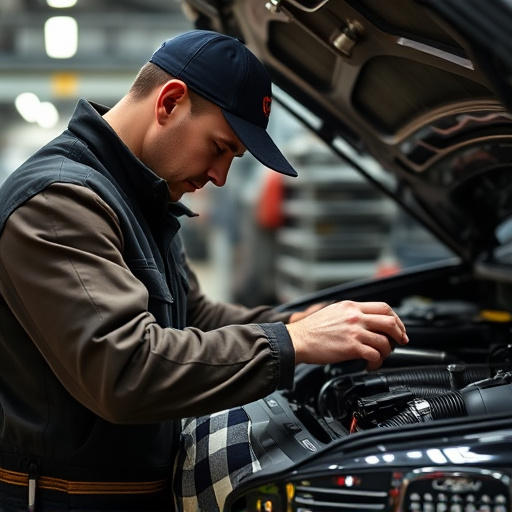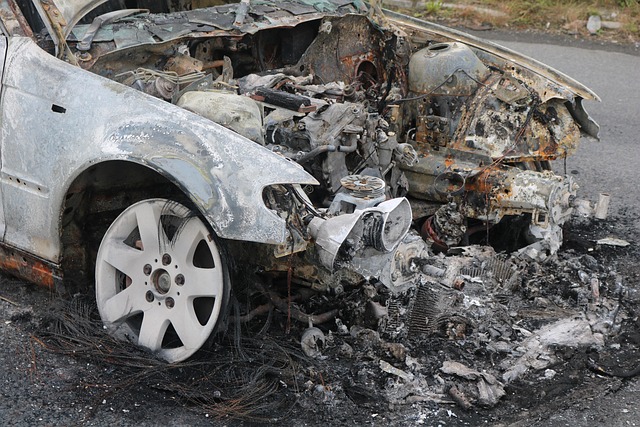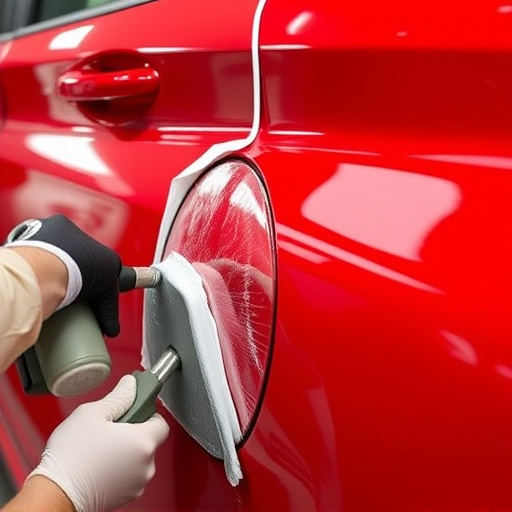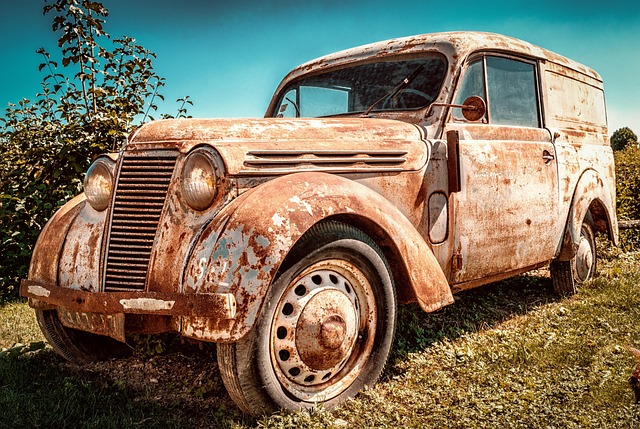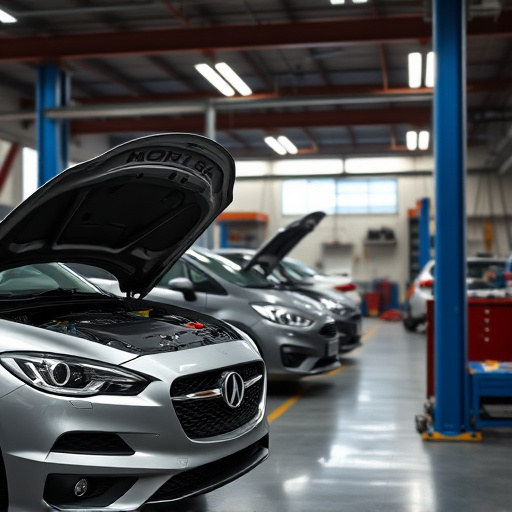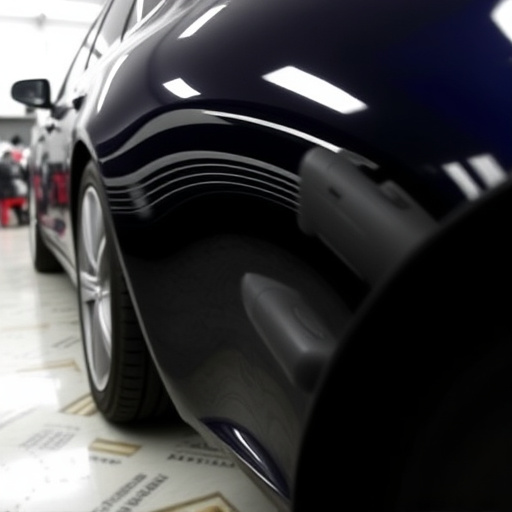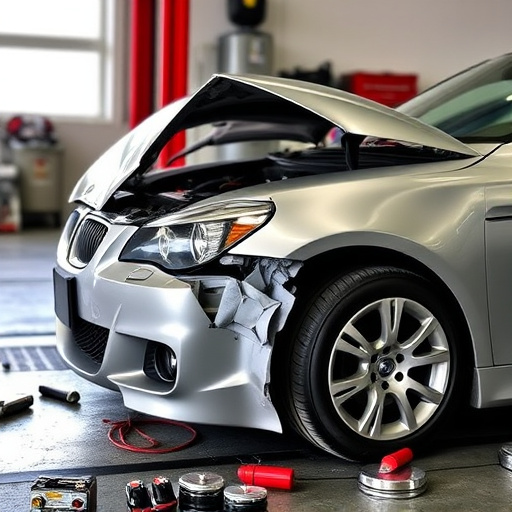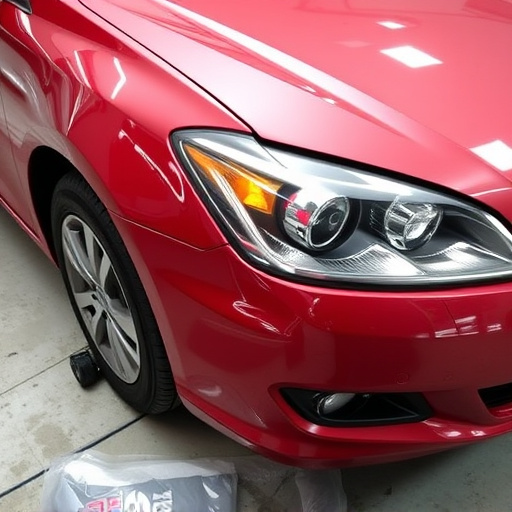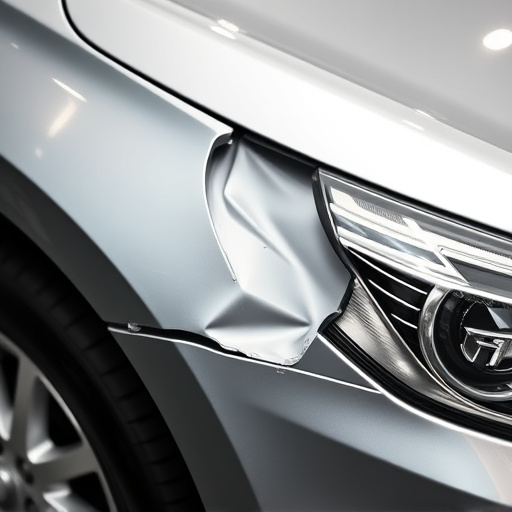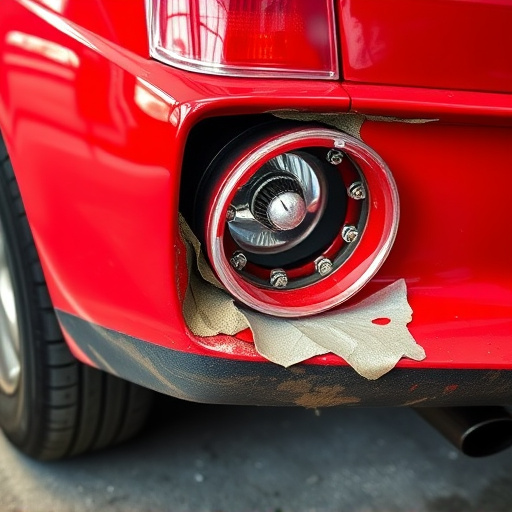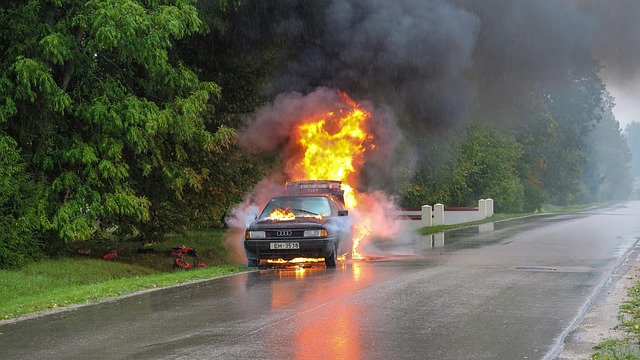Infrared paint drying is revolutionizing the automotive industry by offering faster, more efficient, and higher-quality painting solutions compared to traditional methods. This technology, pioneered in the 1960s, reduces dry times, enhances finish quality, and minimizes re-work rates, benefiting both restoration and collision repair services. Early adopters like Mercedes Benz recognized its potential over half a century ago, leading to significant improvements in body shop services for auto manufacturers. Today, infrared paint drying is transforming the industry by meeting escalating consumer demands for durable, smooth car exteriors while increasing productivity and customer satisfaction.
Infrared (IR) paint drying has revolutionized the auto industry, transforming manufacturing processes since its early adoption. This innovative technology offers significant advantages over traditional methods, enhancing efficiency, quality, and cost-effectiveness. By leveraging IR radiation to cure paint coatings swiftly and energetically, automakers can achieve faster production cycles, improved paint durability, and substantial financial savings. With ongoing advancements, IR paint drying is poised to integrate with cutting-edge coatings, promote environmental sustainability, and further optimize vehicle manufacturing.
- The Rise of Infrared Paint Drying in Automotive Manufacturing
- – Origins and early adoption
- – Key advantages over traditional drying methods
The Rise of Infrared Paint Drying in Automotive Manufacturing

The automotive manufacturing industry has always been at the forefront of adopting innovative technologies to streamline production processes and enhance product quality. One such revolutionary advancement is the rise of infrared paint drying, which has transformed the way vehicles are finished and painted. Traditional painting methods often relied on open-air curing or conventional heating systems, which could be time-consuming and inconsistent. Infrared paint drying offers a game-changing solution by providing rapid and efficient heat application during the curing process.
This technology utilizes infrared radiation to instantly heat the paint, causing it to dry and cure faster than ever before. Unlike traditional methods, infrared drying minimizes surface tension, reducing the formation of bubbles and ensuring a smooth, flawless finish. This is particularly beneficial in vehicle restoration and collision repair, where achieving precision and minimizing imperfections are paramount. As a result, cars with intricate designs or those requiring meticulous detail work can now be restored to their original state more efficiently, enhancing overall customer satisfaction.
– Origins and early adoption
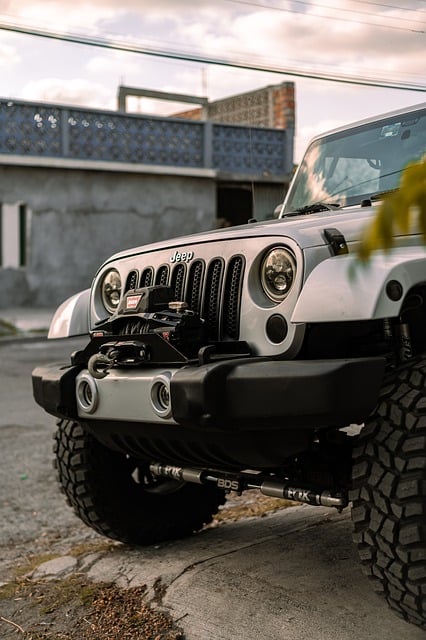
Infrared paint drying, a revolutionary technology, emerged as a game-changer in the auto industry during the mid-20th century. Originally developed for industrial applications, its potential to accelerate curing processes caught the attention of automotive manufacturers. The early adoption of this technology can be traced back to the 1960s, when companies like Mercedes Benz began experimenting with infrared paint systems. This innovative approach promised faster drying times and improved efficiency in car manufacturing, which was a significant advantage over traditional painting methods.
By using infrared radiation, the process could quickly cure and harden paint, reducing the time required for each coat. This was particularly beneficial for body shop services, enabling mercedes benz repair and other auto manufacturers to streamline their production lines. The benefits of infrared paint drying extended beyond efficiency; it also enhanced the quality of finishes, ensuring a smoother and more durable exterior for cars, which was essential in meeting rising consumer expectations.
– Key advantages over traditional drying methods
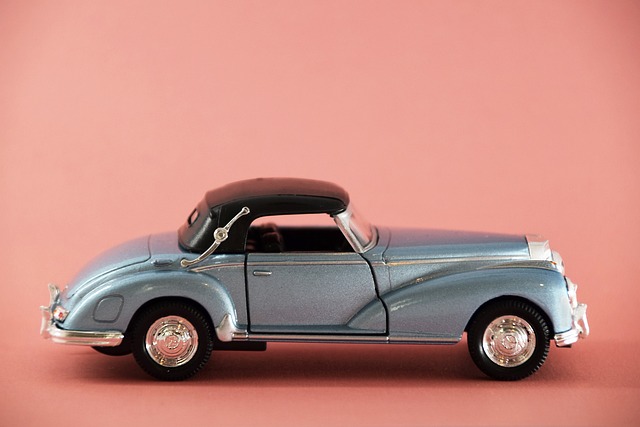
Infrared paint drying has emerged as a game-changer in the automotive industry, offering several key advantages over traditional drying methods. Unlike conventional techniques that rely on ambient air and time, infrared technology accelerates the curing process by directly heating the paint surface. This not only reduces dry times significantly but also enhances the overall quality of the finish, ensuring a more even and smooth application.
Infrared paint drying is particularly beneficial in collision repair centers and car damage repair facilities where efficiency is paramount. By minimizing downtime and maximizing productivity, this advanced method enables technicians to handle more vehicles without compromising on the precision and integrity of auto glass repair work. Its ability to quickly harden paint layers also contributes to reduced re-work rates, making it a cost-effective solution for both businesses and consumers alike.
Infrared paint drying has revolutionized automotive manufacturing, offering significant advantages over traditional methods. Its rapid and efficient drying process not only streamlines production lines but also enhances paint quality and durability. As the auto industry continues to evolve, embracing innovative technologies like infrared paint drying will remain crucial for meeting growing consumer demands and maintaining a competitive edge.

